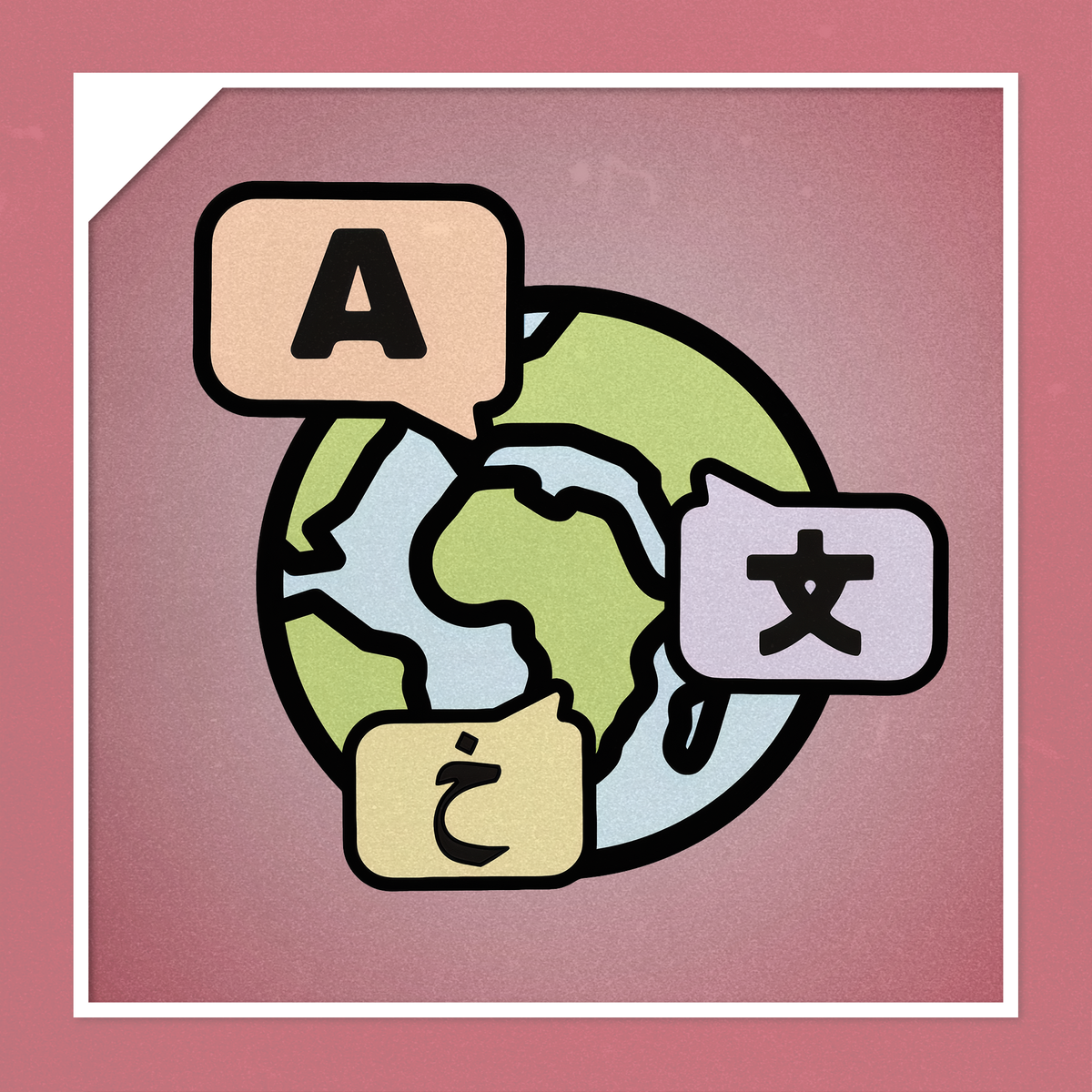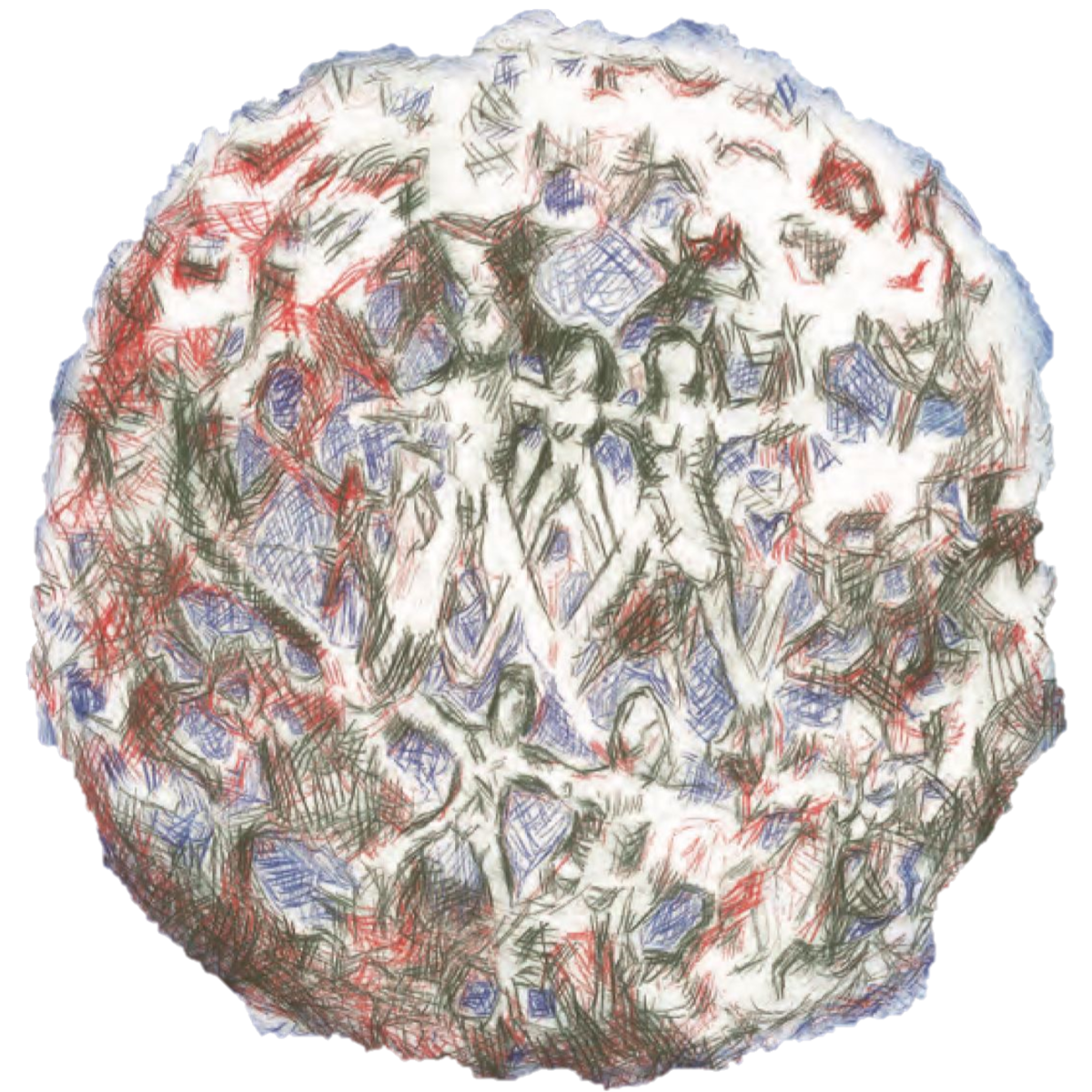Back to Courses









Social Sciences Courses - Page 20
Showing results 191-200 of 672

Chosen Issues in Holocaust History
The Holocaust - what do we know about it and what more can we learn? This course provides a broad and in-depth look at central topics relating to the history of the Holocaust. It examines the events and processes that took place during these earth-shattering years through new and thought-provoking perspectives.

ICT in Primary Education: Transforming children's learning across the curriculum
Why and how are teachers integrating ICT (Information and Communication Technology) into primary education? In this course we analyse examples from schools in different parts of the world, and bring professional teachers, headteachers and policymakers together to share their best ideas and inspiring stories.
The materials in the course are based on studies carried out for the UNESCO Institute of IT in Education, Moscow.
Learning Outcomes:
to be aware of the range of reasons for using ICT
to critique the strategies for developing ICT over time
to analyse the strengths and weakness of different decision-making mechanisms
to become familiar with a wider range of useful tools and resources for integrating ICT

Jewish Diaspora in Modern China
Jewish Diaspora in China is a unique experience for world Jewry, as China is the only country in Far East that has had Jews living in its society for over 1,000 years. Documentary evidence shows that Jews started to live in China no later than the Tang Dynasty (618–907). The famous Kaifeng Jewish community, which was established in Kaifeng, the Chinese capital of the Song Dynasty (960-1279), is but a best-known example. However, the largest Jewish Diaspora in China appeared in modern times. In over 100 years, from the mid-19th century to the mid-20th century, about 40,000 Jews came to China and lived in newly-established major port cities such as Hong Kong, Shanghai, Tianjin, and Harbin. Jewish communities composed of these Jews became an essential part of the economic and social life of those modern Chinese cities. What brought such a large number of Jews to China? Where did these people come from? How did they arrive? Were they all in China at the same time, and were there any differences among them? What happened to them after they arrived? Where are they now? The story of Jews in modern China is certainly a fascinating and up-lifting one. This course will examine these questions and more.

Anti-Racism II
Anti-Racism II is an intermediate course between Anti-Racism I and Anti-Racism III, focusing on the topic of race, racism, and strategies regarding how to be an anti-racist. Anti-Racism II is for anyone who has previously taken Anti-Racism I, or who has basic knowledge of the racial issues plaguing the United States, and globally.
Anti-Racism I focused upon how to have open dialogue and conversations about race and racism. Anti-Racism II takes on the vital role assisting students in guiding their own conversations regarding race, and additionally gender and sexuality. Anti-Racism II will expand your knowledge and critically engage your inquiry, centering upon short interviews with leading scholars and activists in the field. Coupled with supplementary video and reading material, these interviews will further demonstrate the power of open dialogue and self-narration, directing you towards being an anti-racist ally. The centrality of the course interviews will culminate in a final project where students will construct and carry out their own personalized interview. The final project will test dialogic skills while asserting the importance of intimate conversations about race, gender, and sexuality.
This is challenging work in troubling times that may conjure uneasy feelings and emotions. Anti-Racism II can work as a bridge coming face to face with your personal individual relationship with social demands plaguing us nationally and globally. The remedy is to allow yourself uncomfortableness in order to get to the solutions. We are all in this together.
Peace & Love
Shawn
Course logo image credit: Emmanuel Gido, 08/31/2020. Available on Unsplash at https://unsplash.com/photos/SAjZSZUA690

Linguistic Diversity, What for?
What is linguistic diversity? What are its implications and opportunities? How is diversity around the world? How is it experienced, understood and managed in different contexts? What is your knowledge and experience about languages and diversity?
In this course we approach linguistic diversity and multilingualism not only from a theoretical point of view, but also from a perspective oriented to help understand and manage various contexts that emerge from diversity in different environments of social interaction.
The contents will cover aspects related to the conceptual and legal frameworks and to specific cases of linguistic diversity. You are invited to enrich these contents with your contribution.
Through this course, we hope to create a platform of sharing and discussion in order to enrich all participants’ knowledge, open perspectives and encourage the defense and promotion of linguistic diversity.
You can see the promotional video of the course at this link: https://youtu.be/aVzCKGtuNPY
Join us!
This course has been designed by Linguapax International, with the support of the Department of Culture and the Department of Foreign Action, Institutional Relations and Transparency of the Catalan Government and with the collaboration of the UNESCO Chair in Linguistic and Cultural Diversity of the Institute of Catalan Studies.

Use Wakelet to Curate Learning Collections
With the endless learning opportunities available online, it can be overwhelming to find and save the best of the best for your students. With Wakelet, you can organize videos, assignments, and much more into learning collections for your students.

ELL Success in the Content Classroom: Capstone Project
As teachers, it is so important to have a plethora of resources to draw upon for modification for specific students and classroom contexts. In this capstone project, you are tasked with applying the concepts learned throughout the specialization, to create your own toolbox designed with the ELL in Mind.
In this two-part capstone, you will first create an annotated lesson plan comprising both formative and summative assessments. The lesson plan will include any modified materials for ELLs such as graphic organizers or writing frames pertinent to the lesson's activities. The annotation will include a rationale for lesson elements based on information presented in Lesson Planning with the ELL in Mind and Assessing Achievement with the ELL in Mind.
Second, you will use your checklist of resources, personalized to your school and community, to create an engagement plan of action. This should include specific milestones for creating a more engaging environment for your students and their families. You will also include a rationale for elements of engagement based on information presented in Engaging the ELL and Their Families in the School and Community.
In this capstone, you will create a personalized toolbox for ELL success in the content classroom.
This toolbox will include:
* Annotated Lesson Plan
- Modified Materials
- Formative and Summative Assessment
- Lesson Plan and Materials Rationale
* Engagement Action Plan and Rationale
The materials created in this project should be immediately useful in your classroom. Your capstone project should be tailored to your teaching context, content area, and students.
By the end of this course, you will be able to:
* Design a lesson plan with attention to the needs of your ELLs
* Create appropriate modified materials to support your ELLs
* Create formative and summative assessments to measure both content mastery and language development as specified by
your lesson plan's learning and language objectives
* Rationalize your application of selected methodologies
* Create and implement an engagement action plan specified for your teaching context

Blocks-based ABM with NetTango
Programming and complexity thinking are key skills for approaching 21st century challenges. NetTango Builder is a tool that allows for the creation of blocks-based programming experiences based on complex systems models available in NetLogo Library. Thus, it makes it possible for teachers to create entry level programming experiences capable of introducing students to non-linearity, emergence, uncertainty and other complexity related phenomena.

Arctic Economy
Arctic communities have diverse histories and roles in local, regional and global economies. However, the scope and scale of globalization has increased so quickly that vulnerable Arctic communities are facing new kinds of challenges to their survival. In this 3-week MOOC, a unique collaboration between the University of Alberta and UiT The Arctic University of Norway, you will investigate the challenges faced by Indigenous, North American, Russian and Nordic Arctic communities in a modern world. So join us as we venture above the 60th parallel North, and explore how these fascinating communities adjust to change while maintaining their ways of life, socio-economic histories, and cultural traditions.

Earth Economics
After this course you will be an Earth Economist that can provide evidence-based advise on the best global policy. As an Earth Economist you will better understand the behavior and advice of economists, have become a better economist yourself and know where to find Earth's data and how to analyze these world observations. Our planet is too important: we need you to get engaged!
Earth Economics offers a completely new angle to policy analysis by its focus on the truly global level and its empirical orientation on very recent data. Sustainability (environmental and related to the UN's SDGs), equality and heterodox (that is: non mainstream) views on the economy are important for an Earth Economist. Taking stock of emerging planet data and analyzing policies during and following the Global Crisis, Earth Economics provides both a topical introduction into basic economic tools and concepts as well as insights in highly relevant problems and recent developments in planet production, growth and governance. An important issue is the provision of global public goods. Earth Economics highlights the importance of the United Nations, International Monetary Fund, the World Health Organization and the World Trade Organization.
Popular Internships and Jobs by Categories
Browse
© 2024 BoostGrad | All rights reserved


